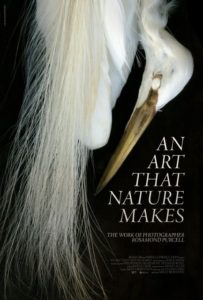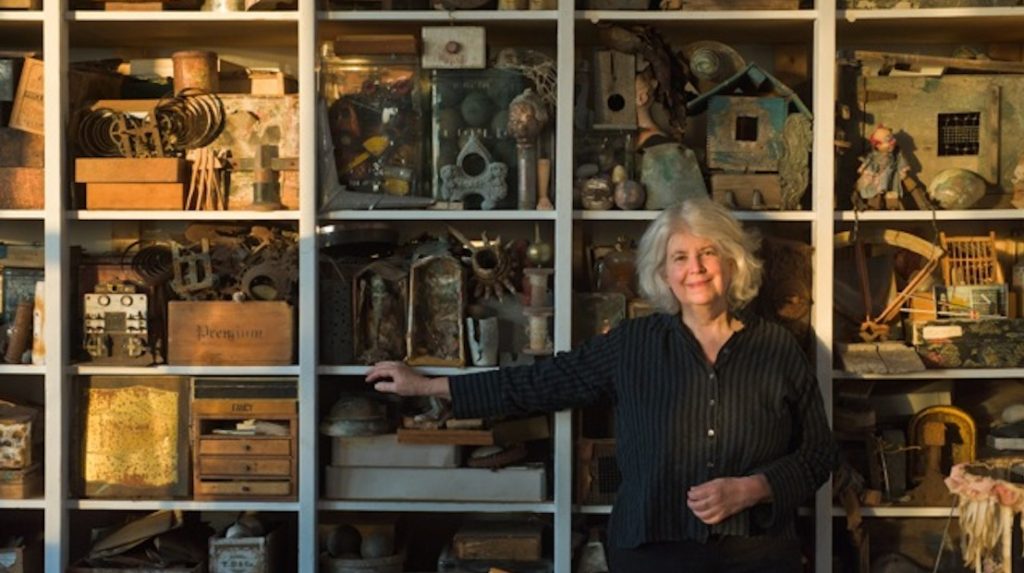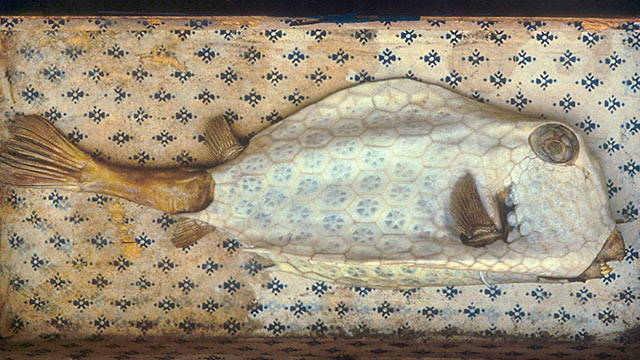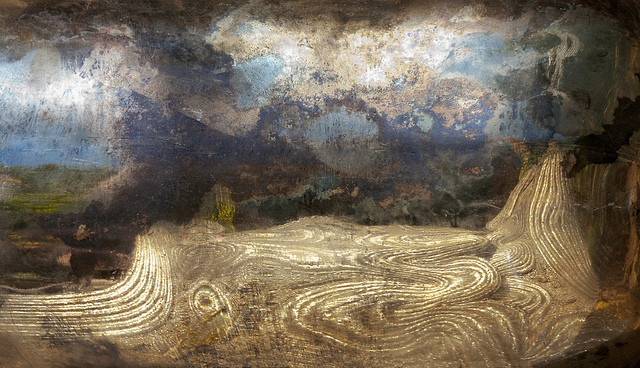Treasure Found In Nature’s Melancholy Decay
DIRECTED BY: MOLLY BERNSTEIN/2015
STREET DATE: APRIL 25, 2017/KINO LORBER
 Curiosity and art go hand in hand, you can not have one without the other. Creativity is driven by curiosity and art should create curiosity in the beholder. It doesn’t have to be mind-bending or profound, simplicity and repetition are just as revealing. Therefore discipline is involved in art and a drive to see something complete. Without that curiosity and discipline projects fall to the side and the attraction is gone. I can say without a doubt that Rosamond Purcell is curious about the relationship between nature and the man-made world and she wants to record their mingling. In Molly Bernstein’s beautiful art documentary, An Art That Nature Makes: The Work Of Rosamund Purcell we witness Rosamond’s passion for collections and things that have been overlooked, ignored and rejected.
Curiosity and art go hand in hand, you can not have one without the other. Creativity is driven by curiosity and art should create curiosity in the beholder. It doesn’t have to be mind-bending or profound, simplicity and repetition are just as revealing. Therefore discipline is involved in art and a drive to see something complete. Without that curiosity and discipline projects fall to the side and the attraction is gone. I can say without a doubt that Rosamond Purcell is curious about the relationship between nature and the man-made world and she wants to record their mingling. In Molly Bernstein’s beautiful art documentary, An Art That Nature Makes: The Work Of Rosamund Purcell we witness Rosamond’s passion for collections and things that have been overlooked, ignored and rejected.
“There is an enormous beauty in things that have been rejected, overlooked and ignored for one reason or another.”
The film starts with Rosamond collecting from the junkyard of Mr. William Buckminster in Maine. Old books, wooden duck heads and other oddities catch her eye and she bargains for a truckload of goodies. The collector in me that loves a walk through a flea market or junkyard was entranced by this field trip. The magic happens as she places these rotting treasures in her studio. She continues to let them rot in relationship with each other melting and breaking and forming new treasures altogether. Rosamond photographs this process and reflects upon our own human condition of frailty and decay. Odd, heck yes, but enlightening too. Rosamond’s art is hard to pinpoint and describe but some have called her a “visual poet of the inanimate, a still-life painter with a camera”.
 But the curiosity doesn’t stop at the junkyard, it grows. Rosamond is a collector and her interest turns to the decay of creatures and larger collections. She is drawn to multiples, and patterns that repeat in nature. Through her lens we are given a different perspective of nature catalogued in a natural history museum. Bats that were boxed take flight once more and jars of formaldehyde hold still-life treasures. PS… still-life in french means dead nature, totally appropriate to Rosamond’s work. Is it nature that is beautiful or the way that it’s collected and presented? Purcell is constantly playing with this relationship and she is having a blast!
But the curiosity doesn’t stop at the junkyard, it grows. Rosamond is a collector and her interest turns to the decay of creatures and larger collections. She is drawn to multiples, and patterns that repeat in nature. Through her lens we are given a different perspective of nature catalogued in a natural history museum. Bats that were boxed take flight once more and jars of formaldehyde hold still-life treasures. PS… still-life in french means dead nature, totally appropriate to Rosamond’s work. Is it nature that is beautiful or the way that it’s collected and presented? Purcell is constantly playing with this relationship and she is having a blast!
As an artist it is fascinating to watch her interest change and grow and to watch her techniques. She only uses natural light and there is no digital manipulation of the images she captures. With this old school approach to photography she proves she is an artist from another age. Like the great Dutch masters or some Baroque artist, her images convey drama, tension, exuberance, and grandeur by their very nature.
“Bats that were boxed take flight once more and jars of formaldehyde hold still-life treasures.”

Trunkfish, Rosamond Purcell, 1992
Michael Witmore put’s Rosamond’s art this way, “Who’s making that thing beautiful? Well, It’s nature but it’s also the photographer who has figured out how to collaborate with nature and heighten it. And that is the art that nature makes.” YES! This is how we approach the world and adore the beauty that we see. This is the climax of curiosity, when we can make two odd pieces of the puzzle fit together. While it’s not your typical portraits or photography, Rosamond’s work is honest and complete and begs each observer to look a little closer, and linger. This beautiful documentary, An Art That Nature Makes: The Works Of Rosamond Purcell is available on DVD from Kino Lorber and available for streaming on all platforms. Be curious, check it out and perceive nature in a different light.
An Art That Nature Makes: The Work Of Rosamond Purcell is not rated. Running time 75 minutes.

Field Of The Cloth Of Gold, Rosamond Purcell, 2010

